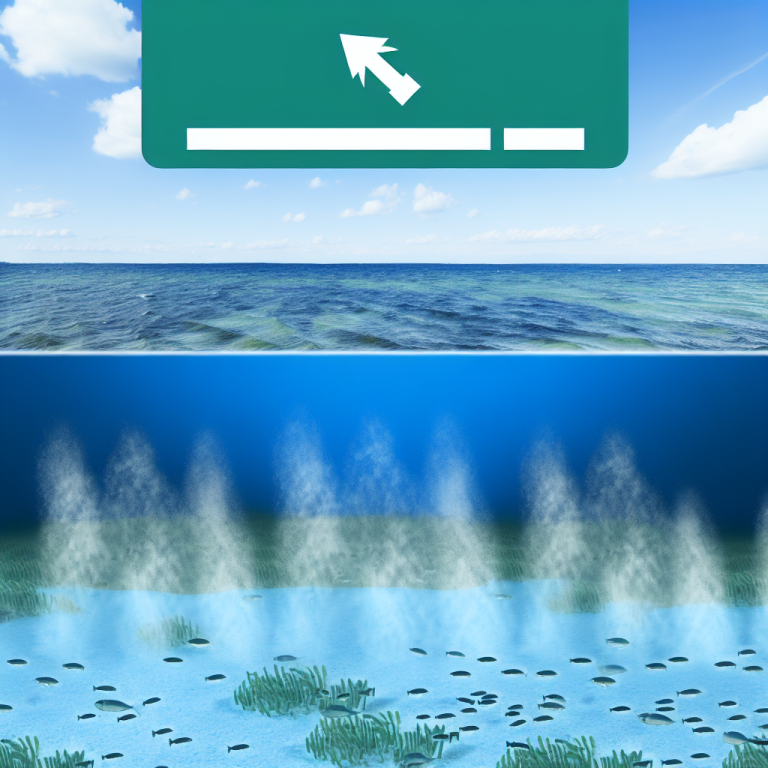Scientists are facing increasing doubts regarding the effectiveness of the biosignature approach to alien-hunting. In 2020, researchers detected a gas called phosphine in the atmosphere of an Earth-sized rocky planet. The presence of phosphine, which is typically only produced through biological processes, initially sparked excitement as a possible sign of life. However, the planet turned out to be Venus, and the potential biosignature claim for phosphine in the Venusian sky remains controversial years later.
The challenges of determining whether gases in the atmospheres of exoplanets could provide convincing evidence of alien life are becoming more apparent. Recent papers have explored the uncertainties surrounding exoplanet biosignature detection. Scientists face the problem of unconceived alternatives, where they must ensure they have ruled out every possible nonbiological explanation for the presence of gases on distant planets.
The introduction of the James Webb Space Telescope (JWST) in 2021 has heightened hopes for the detection of biosignatures on exoplanets. The JWST has already captured data on the atmospheric composition of a midsize exoplanet known as K2-18 b, leading to controversial interpretations of possible evidence of life. However, scientists are now openly questioning whether gases in the atmospheres of exoplanets will ever provide definitive evidence of alien life.
One of the primary challenges involves the calculation of the likelihood that life exists based on the presence of potential biosignature gases. The Bayes theorem is often used to determine this probability, taking into account the biology of the planet and the probability of life producing observable biosignatures. However, the existence of lifeless planets that could give rise to similar signals poses a significant challenge to this calculation.
The unpredictability of abiotic alternatives presents a substantial obstacle to the identification of reliable biosignatures. For instance, when researchers discovered dimethyl sulfide (DMS) in the atmosphere of K2-18 b, some interpreted it as evidence of a water world with a habitable surface, while others saw it as evidence of an inhospitable, gaseous planet similar to Neptune.
Recent findings on Venus and Earth have reshaped scientists’ understanding of potential biosignatures. Initial excitement over the detection of phosphine on Venus was tempered by the realization that the gas could potentially be produced abiotically through volcanic activity. Similarly, the presence of oxygen, once considered a biosignature gas, has been reevaluated as researchers uncover abiotic sources for its production on rocky planets.
As scientists continue to grapple with the challenges of identifying reliable biosignatures, they are cautiously optimistic about the prospects for detecting signs of alien life on exoplanets. While the search for alternate abiotic explanations for biosignatures like oxygen and methane is ongoing, researchers recognize the need for rigorous standards of certainty in biosignature detection.
In the quest for answers about potential alien life, the scientific community is faced with lingering uncertainties and the need for unified standards in astrobiology research. The Venus phosphine saga serves as a reminder of the complexities involved in biosignature detection and the importance of continuous scientific inquiry.
Despite the challenges and uncertainties, researchers remain committed to advancing our understanding of extraterrestrial life. The controversy surrounding biosignatures has fueled new efforts to explore unconventional sources of gases in our solar system and beyond. As missions to Venus are planned in the coming decades, scientists are hopeful that these ventures will shed light on the mysteries of our neighboring planets.
In the ever-evolving field of astrobiology, the search for alien life remains a tantalizing endeavor that pushes the boundaries of scientific knowledge. Though the road ahead may be fraught with challenges and uncertainties, scientists are determined to continue their quest for answers about the existence of life beyond Earth.




